This beginner level introduction to Apache Cassandra® outlines challenges encountered when attempting to scale with relational databases, and how NoSQL databases like Apache Cassandra® address those challenges. It reviews the Apache Cassandra® architecture, benefits, and how to use the Apache Cassandra® read and write paths. Finally, it reviews Apache Cassandra® distributions and helps you determine the best fit for your needs.
DataStax Academy
Whether you are just starting your quest to be an Apache Cassandra professional, or looking to become an expert, this is the place to develop and enhance your skills.
Learning Paths
Follow a Learning Path to gain an expert understanding of Apache Cassandra® and DataStax Enterprise principles related to your role.
Each Learning Path is composed of a sequence of recommended courses for your role, curated by our Curriculum Engineers.
"DataStax Academy is the first place I tell developers to go when they want to learn Apache Cassandra."
Andrew Weaver
Senior Technical Expert, Walmart
Course Catalog
In this course, you will learn the fundamentals of Apache Cassandra®, its distributed architecture, and how data is stored. You will master Cassandra's internal architecture by studying the read path, write path, and compaction. Topics such as consistency, replication, anti-entropy operations, and gossip ensure you develop the skills necessary to build disruptive cloud applications. Hands-on exercises are available using the KillrVideo application as the reference data model.
This Operations and Performance Tuning course delivers the tools and knowledge required to operate and fine-tune your DataStax Enterprise deployments. You will learn expert skills and techniques to tune performance and environments, deploy multi-data center functionality, diagnose and resolve common production problems, and more.
In this course you will learn practical techniques to help you properly design and implement your data model. You will learn the fundamentals of a good data model, a data modeling methodology as well as some data modeling common issues you should avoid. This course will up your data modeling game!
In this course, you will learn about DataStax Enterprise Search. The course covers the necessary knowledge and APIs to become proficient in working with DSE Search, including how it integrates with Apache Solr™ and Apache Lucene™, as well as exclusive Search features such as real-time indexing. Course topics include an introduction to DataStax Enterprise Search, Apache Solr™ functional use cases, search fundamentals, query vs. search, schema, and more. The course also features dozens of hands-on exercises to gain practical skills.
In this course, you will learn how to effectively and efficiently solve analytical problems with Apache Spark™, Apache Cassandra®, and DataStax Enterprise. You will learn about the Spark API, Spark-Cassandra Connector, Spark SQL, Spark Streaming, and crucial performance optimization techniques. You will also learn the basics of the productive and robust Scala programming language for data analysis and processing in Apache Spark™.
In this course, you will learn about DataStax Enterprise Graph. The course covers all necessary knowledge and APIs to become proficient in working with property graphs, graph schemas, graph indexes, data digest methods, and graph traversals. A special attention is given to the Gremlin graph traversal language and its capabilities. Additional advanced topics include graph data modeling, advanced Gremlin traversals and performance optimizations, and graph analytics. The course features dozens of hands-on exercises to gain practical skills.
In this course, you will learn about Graph Analytics with DataStax Enterprise Graph. The course focuses on two complementary OLAP engines, namely SparkGraphComputer and DSE GraphFrames, for executing Gremlin OLAP traversals. It discusses preferred use cases for each engine and how these engines converge via intelligent analytics query routing. Advanced topics include how graph and non-graph datasets can be combined for analysis using Gremlin, SQL and various DSE Analytics and Spark APIs in a single query. Last but not least, the course features bulk mutations, including currently the most efficient way to bulk load large graphs into DataStax Enterprise Graph.







